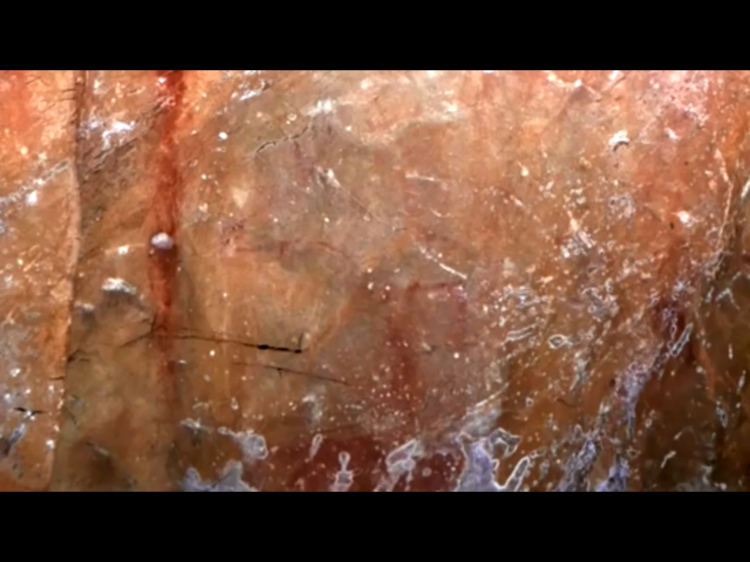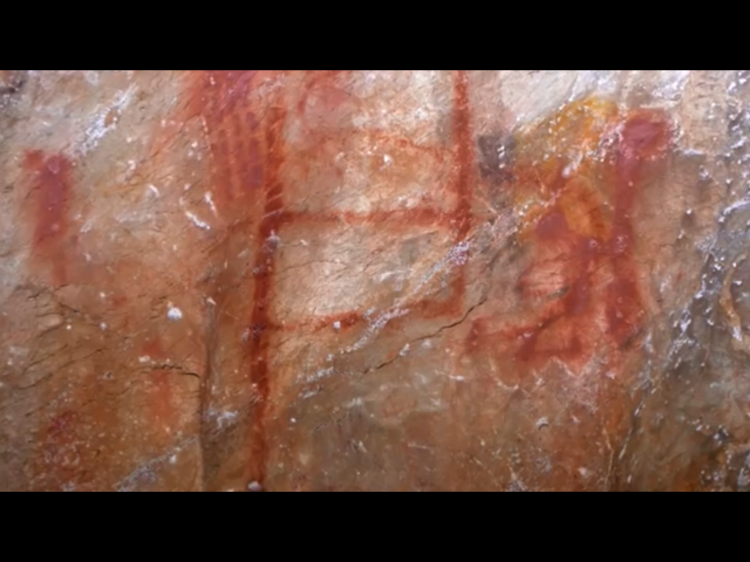These cave paintings in Cantabria, Spain, have been dated by Calcium Carbonate techniques to be more than 65000 years old. This predates the arrival of Homo sapiens in Europe by some 20-25000 years. Scientists thus believe these paintings are rare surviving examples of Neanderthal art.
19th century impressions of Neanderthals were of the “Homo Stupidus” variety, and some of these attitudes prevail today. However, examples of art, such as painting and the existence of flute fragments, suggest that they were not as primitive as once believed.
Although a far cry from the masterpieces of the AltaMira, Chauvet, and Lascaux caves, for example, the pictures below demonstrate a symbolic and conceptual view of the world.






Music, on the other hand, is a mostly non-representational, and therefore abstract art. We can say that music is composed of patterns, and that animals too make patterns, like a spiders web, or a blackbird’s repertoire of songs. But animals are generally unable to deviate from those instinctual patterns. Artistic freedom and intentionality seems to have awakened in human species with the Neanderthals. They were the first known humans to deliberately bury their dead, and decorated graves with offerings. Before this time, the boundary between human and animal becomes blurry.
There are some linguistic and physiological theories that Neanderthals had singing before they had language. These activities fire up different parts of the brain, as has been demonstrated in stroke victims who can sing but not speak. It would make sense for singing to come before language, as song appeared first in nature, and as babies babble before they can speak.
There are also remnants of bone flutes believed to be Neanderthal. Discovered at Divje Babe in Slovenia, the fragment is made from the femur of a cave bear. Carbon dating suggests a date of 60000 years ago, putting the flute in a period when Homo sapiens had not yet arrived in Europe. As they are only fragments it isn’t possible to discern the tonality, but the finger holes remaining suggest a diatonic minor scale.

What was this flourishing of artistic intention that seemed to begin with the Neanderthals, and continues unabated today? What is the point of art, the purpose? Was it evolutionarily advantageous? Could a fine singer or painter or flute player court a potential mate more successfully? This behaviour is clearly at work in the bird world. Is art merely an aphrodisiac?
Or is this another patriarchal interpretation of something that is, ultimately, a mystery?